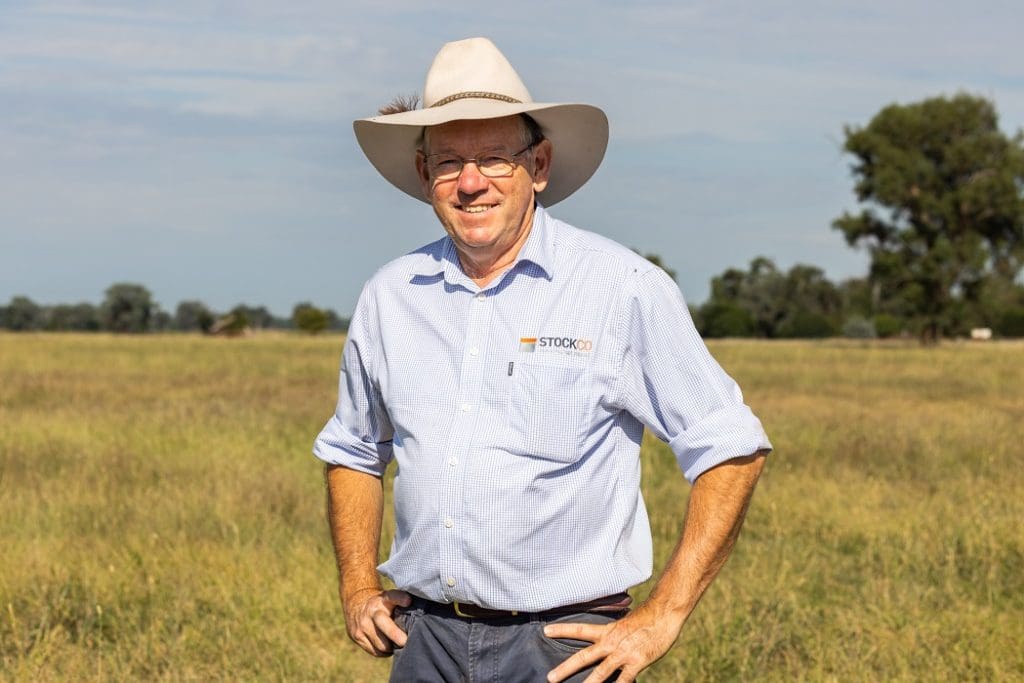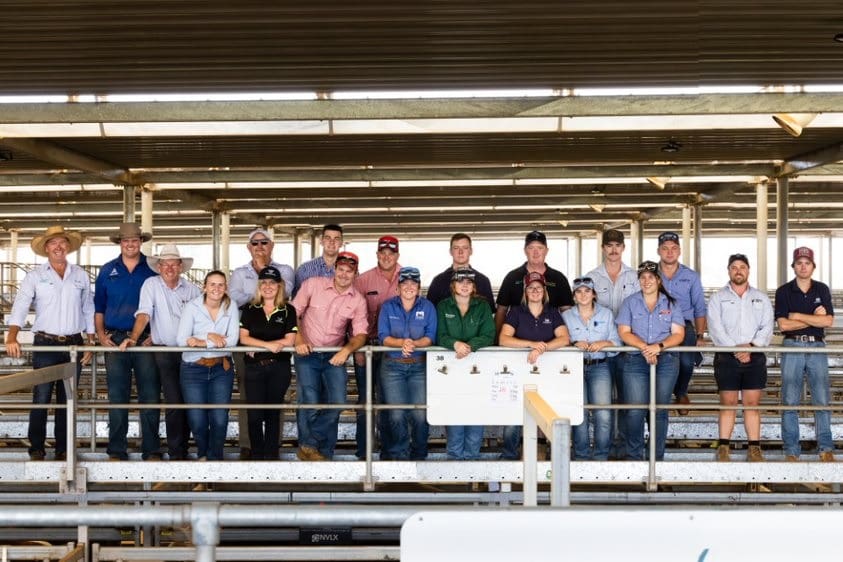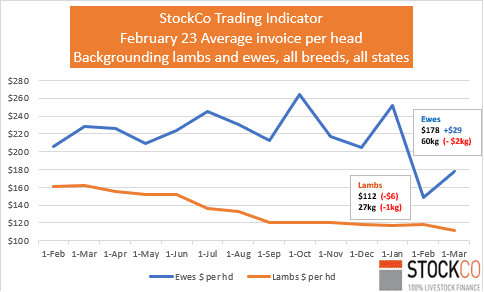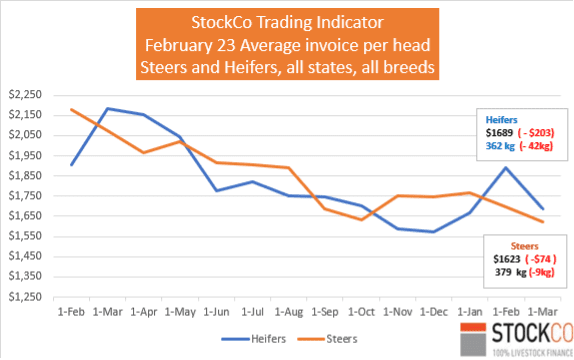
FOR the first time — in the case of the Longreach Pastoral College in Queensland — I have seen the livestock industry pull together with the future in mind.
The recent announcement by a syndicate to reactivate the college was met with immediate support and was the catalyst for many very positive conversations – from companies and educators, and past students who run their own enterprises. The 3300 letters of enquiry and support in a week from rural Australia is a win any day of the week.
If the group led by AAM managing director Garry Edwards can get this to fly, not only does it provide a much-needed ag-based tertiary education for Queensland, but a pool of skill for the pastoral industry and service providers across Australia. Fingers crossed and well done on having a crack.
Cattle Australia appoints Luke Bowen as CEO
It is rare a new team has the opportunity to grab an A grade coach in their first season. The new Cattle Australia board has really excelled with the appointment of Luke Bowen as their first chief executive officer. His level headedness in 2011 with the halt of the live export trade saw him invested in the right outcome at a professional and personal level. The respect of the cattle community afterwards puts Luke in a great position to launch Cattle Australia on a pathway to success. In much the same was as the Longreach play, support from the grass cattle producers of Australia, irrespective of size, as members from day one, will see a focused advocacy body put in place that will benefit the entire industry well into the future.
Around the traps
I attended a couple of events this month and covered a fair bit of country. South Australia to Cowra in New South Wales is still looking good, but there are reports that central NSW all the way to Roma in Queensland is tight and dry.
Dwain Duxson at Farm Tender, Bendigo ran a very successful industry panel day last week. A number of guest speakers and panellists covered livestock, fertiliser, hay, finance, grain, real estate, education, succession planning and business coaching. Overall it was a very good event. One of the highlights for me was meeting a group of 30 Marcus Oldham students well on their way to a successful career in agriculture.
Peter Boyd and his team at Canimbla lamb feedlot ran their fourth feeding for profit event at Cowra over three day. There was a very good roll-up of producers from northern NSW all the way to SA, as well as service providers and agents. An excellent group of speakers looked at the operational and livestock production aspects of feeding lambs as well as the changes in processing and developing markets overseas.
Simone Dand from Wodonga TAFE – a past winner of a trip to Canada through the ALPA Fairfax award – completed another agency and supply chain workshop with 20 attendees representing 13 farm supply and stock and station agencies. Guest speakers were Paul Holm from AuctionsPlus, Peter Gordon from the Yenda Co-op, Mark Randall from AMG, Dom Shanahan from Shanahan Transport, and Elders livestock production advisor Rob Inglis. The next one is scheduled for late July which includes AuctionsPlus accreditation training. It already has seven new entrants loaded.

Wodonga TAFE ran a well-attended agency and supply chain workshop.
Sheep
Scanned in lamb ewes are the difficult article to move at present because many areas went from wet to dry and feed may not have lasted as long as we thought. If you run a ruler over the feed requirements to lamb them down they are undervalue and well worth considering grabbing some at the money. Speaking to a livestock production advisor about the energy requirements for the ewe is a smart investment that can provide a great return for your enterprise.
Lamb lot feeding is back to providing positive margins. Lambs 35 – 40kg are very good value and doing the simple sums on feeding and turning off at 27kg dressed weight @ $7.50 they provide an excellent margin – even better if you are feeding merinos and shear them as well. At the current store buy price lambs are giving a positive return from day one if you have them geared to gain 280 grams per day or better.
Caught up with Ron Rutledge from Nutrien, Vic/ Riv and Dylan Wells, Elders Millicent. Both said there is a very large disjoin between store lambs and finished lambs. Many stores are still only presenting in light condition and are suffering from the rank feed. Finished lambs however are providing solid returns ranging between $7.60 and $8.10 per kg. The skin job for composite and shedding types is very sad ranging from 50 cents back to a $1 disposal fee.
Following on with skins Geoff Rice, AWN Langland Hanlons, Parkes said it is very important to do the sums on merino skins before selling to processors. Many sheep are being sold with the wool being undervalued. Geoff said “I know it is difficult to find shearers but some skins are returning over $25 if shorn vs a $8 – $12 pelt value”
Many older agents have noted some younger generation bottom lips dragging on the ground after the recent mutton and cattle price drop. Hard conversations are always difficult but often help a farmer / agent relationship when had with facts at hand. Never is it more important to speak to a client than when prices for anything are bad – a text, email or fax does not cut the mustard.
EID for sheep and goats. It will be very easy for the various state government bodies to get bogged down in unnecessary complexity around this if they are not careful. When the FMD scare was running we all agreed the time was here to implement electronic traceability. I also said “let’s avoid some of the mistakes made with Cattle in 2002 and the Victorian sheep roll out.”
Now that FMD has dropped off the front page we are starting to see a bit of wriggling happen around the tag and implementation cost. Just so we are all on the page, the FMD threat is still at the same level as it was in July and if we applied fines to incomplete transfers and incorrect NVD’s compliance rates very quickly jump back to above 98.5% (Tuckerbox 1 and 2).
For my 2 bobs worth the following seems to be relatively simple fix. Tags should be subsidised for the first 5 years allowing old ewes to be exited without the burden of tag cost with no benefit to the producer. The balance of the tags starting with this year’s lambs will roll through allowing producers to use the tag in a management capacity directly aligned to performance improvement. All of the new weighing systems read and collate average daily weight gains automatically, as well as capturing everything from drenches, paddocks, pasture type and breed.
We seem to be able to find funding for car races, fireworks, flag poles and political advertising yet an industry that is the long-term heart of rural Australia and worth so much to our economy seems to struggle to gain this funding with a unified voice across all states.
Cattle
Again we see an event we have no control over impacting international markets. Many are focused on the mad cow report in Brazil and what the implications maybe for our export market pricing down the track, because it is on the front page.
Under the radar, we have also seen a gradual improvement of prices in the United States, and the largest cattle futures trading day in the US for several years as processors looked to secure supply in advance of rising prices and positive conversations with China developing.
Is any of this going to change your sale program over the next three months? Maybe not, but it is important to get a feel for what is going on outside your front gate or the saleyard canteen in the current red meat environment.
It‘s not all doom and gloom, even though prices have reset. Most steers bought last year are being traded out at break-even or a loss, but the replacement price is very agreeable. If you look at your returns over the last three or even four-year average there is still plenty of positive numbers on the balance sheet. Old cows sold out at $2.50-$3/kg is still a great day, and heifer prices have dropped, but this creates the same upgrade opportunity we saw in 2019/2020. Old cow out, new heifer in, average herd age reduced, chance of money in the bank. In short, if you have cattle ready to sell move now not later if you are not prepared to hold for rain.
The dry in northern NSW up to Roma in Queensland is putting considerable pressure on the coming weaner selling season. Cyril Close, Topex, Queensland said they have only had 3-4 inches for the Summer, with many producers waiting for Easter before making a call. In turn, quite a few are starting to lighten off to help the cows now.
My thoughts are we have not seen large numbers pushed to market for three years because of a dry time, so it is worth considering rolling your sale program early or doing the sums on buying up. The tightening in NSW is also pushing feeders to market early and this continues to impact feeder prices.
With a rain, I thought Angus/British bred prices would hang at around $4.50/kg and crossbreds at $3.90-$4/kg. However, the dry is driving crossbreds toward $3.50/kg and Angus are trying to hold above $4/kg, but this might be a tough ask if rain doesn’t appear.
Georgie Schulz, Schubert Boer, Albury said bullocks had been trading around $3.70-$3.80/kg and cows at $2.60-$3.10/kg. However, the heavy market had softened by 10-20 cents over the past week. Well-bred milk vealers 350-400kg liveweight are still in demand, with best limo crosses still above $4/kg liveweight.
In the south, it seems prices are holding a bit better with Justin Keen, Corcoran and Parker,,Wangaratta suggesting there is still opportunity leading into Winter, especially for those that have taken a forward position on price. Paddocks still have cover and the hay position is good. Recent rain has kicked some pastures on again, which is great as Autumn approaches and the ground is still warm.
Lauren Master, agent for CB Livestock in Rosedale, Gippsland Victoria said the price for live export dairy heifers has dropped sharply from $2650 to $2000 and it looks as though it will continue to slip for a little longer yet. Gippsland beef and dairy cows are still achieving good rates over hooks and in the yards, so if they are ready sell now. Many in Lauren’s area have a good stockpile of hay and fodder that may lend itself to a buying opportunity as Winter approaches.
Marketing department food for thought. Contact details. Before mobile phones every agency and service provider had the names of their operational agents in the white or yellow pages. This then moved to the various websites of each company so when I wanted to call Chris Howie his name, mobile and email address was there. Over the past 3 or 4 years I have had numerous clients and agents call me to ask if I have the details for so and so because they can’t find contact details on the respective company site anymore. Some in frustration have even changed who they deal with because of it. In a relationship-based industry it surprises me some companies have taken to providing only a generic contact number.
Opportunities
Scanned in lamb ewes – very good buying
Store lambs
Grain feeding lambs – but do it properly and avoid acidosis
PTIC heifers / Cows
Weaners in the North
Cow and calf units
Buy as the market eases – don’t wait for the bounce.
Get your finance in place to grab the opportunities
Stay positive.





HAVE YOUR SAY